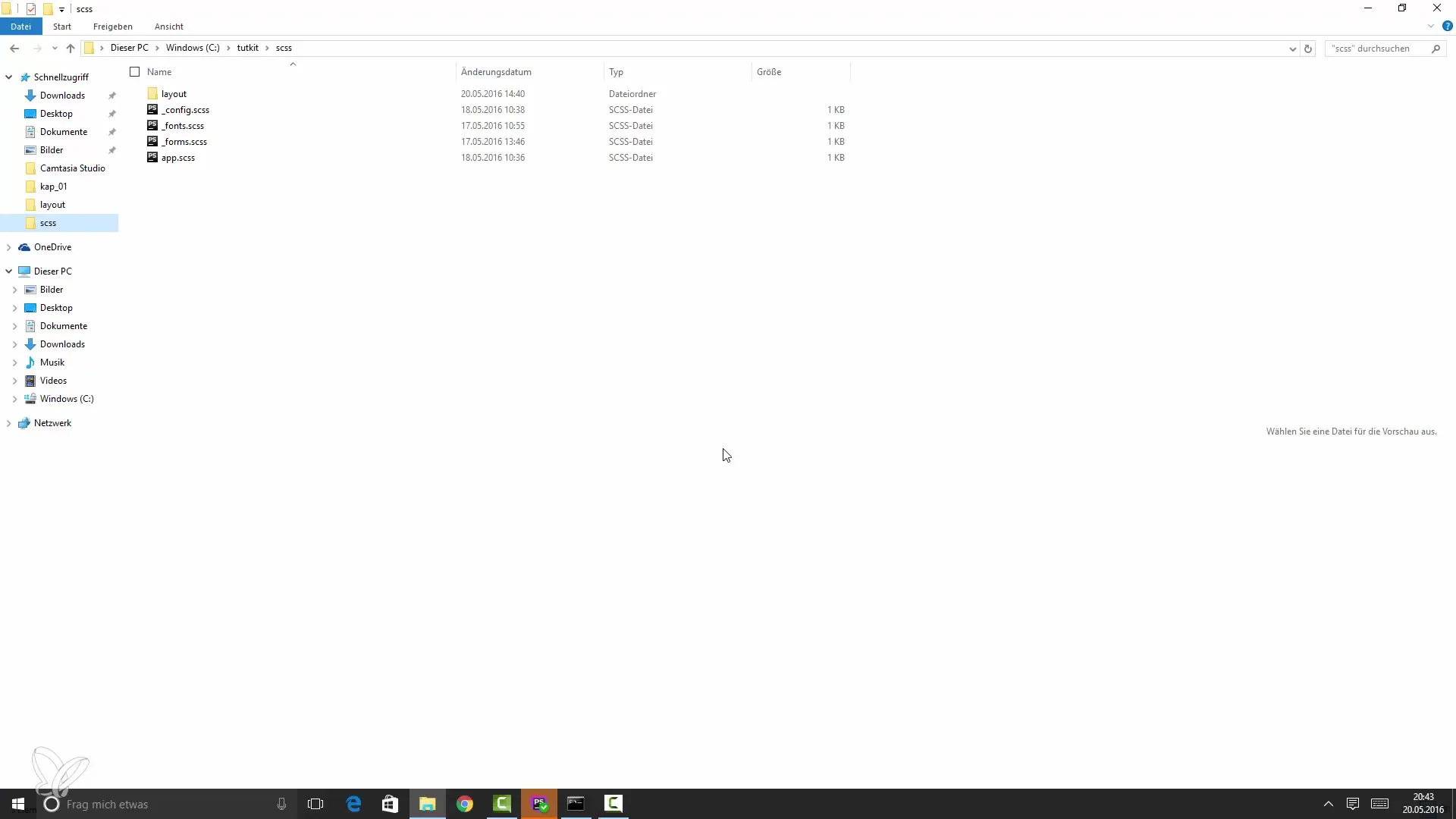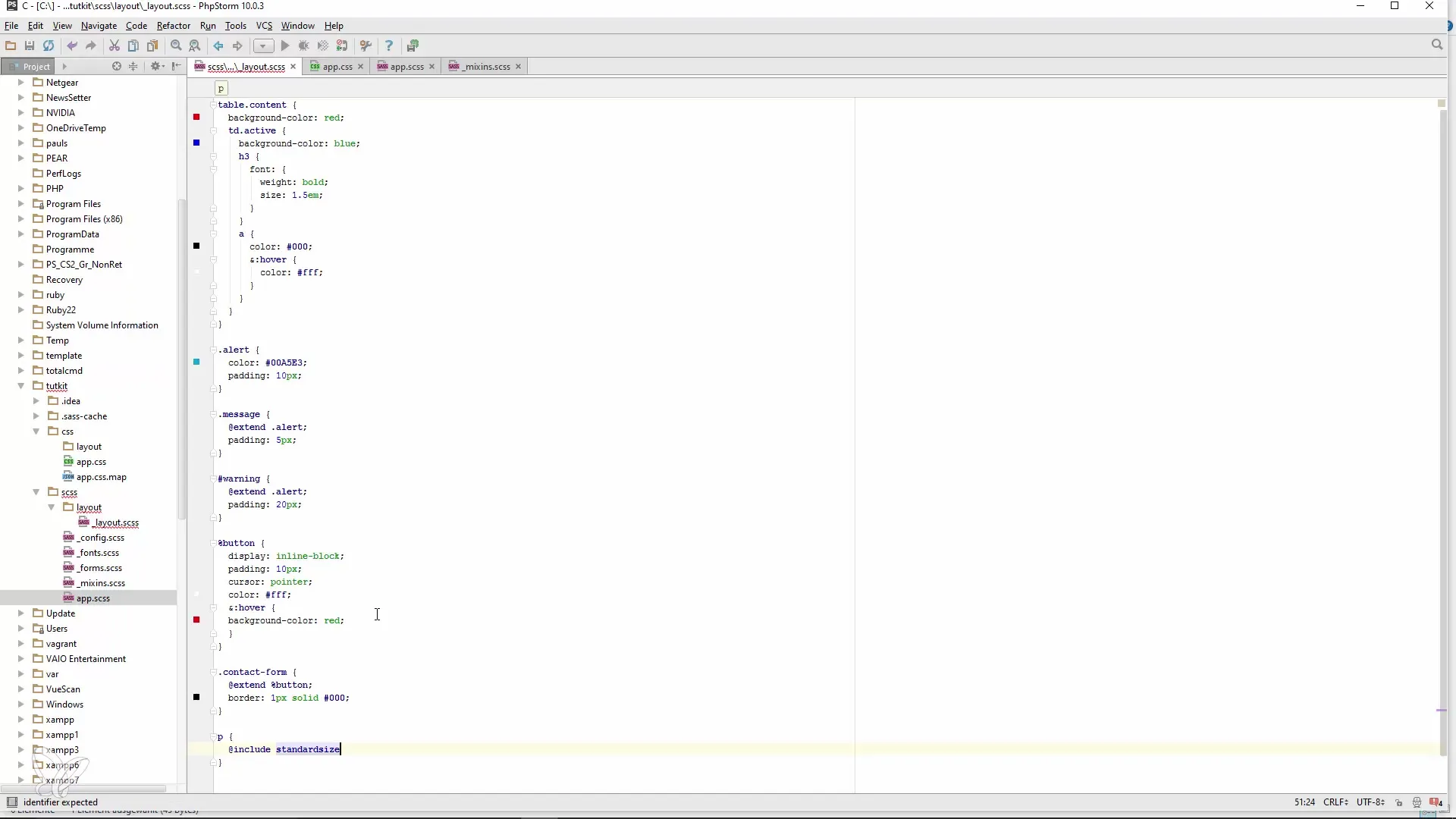Sass is a powerful extension of CSS that not only makes writing stylesheets easier but also significantly improves the maintenance and structuring of your styles. One of Sass's most useful features is mixins, which allow you to define and centrally manage recurring code snippets. This guide shows you how to create your own mixins that can greatly simplify your workflow.
Key Takeaways
- Mixins enable the reuse of CSS code and save time.
- You can use variables and default values in mixins.
- Changes in mixins affect all uses in the project.
Step-by-Step Guide
Step 1: Create Mixin File
First, you should create a special file for your mixins. This ensures better structure and clarity. Create a file named mixins.scss and open it in your editor.

Step 2: Define Mixin
Now start defining your first mixin. Here’s a simple example: a mixin for a consistent font size.
Here you set the name of your mixin and define the code that will be reused later.
Step 3: Use Mixin in Layout File
To use the mixin, switch to your layout file. You can easily insert it by writing the following:
Save your changes and open app.css to see that the font size is consistently used throughout the project.

Step 4: Extend Mixin with Arguments
Mixins can also take arguments to provide more flexibility.
Step 5: Apply Mixin
If you want to make changes to the font size or color, you can easily do so in the mixin.
Step 6: Define Default Values
An additional useful feature is defining default values. This creates more clarity.
Set standards that can be overridden as needed.
Step 7: Apply Mixin Without Values
Now h1 uses the default value while h2 applies the specific values.
Step 8: Use Mixins Effectively
Experiment with different properties and develop a taste for defining mixins that help you in various situations. This can extend to creating mixins for things like border-radius or flexbox layouts.
Summary – Mixins in Sass: How to Define and Use Them
Mixins offer you a simple way to organize and simplify your CSS code. Through centralized management and the ability to use arguments and default values, you can ensure that your code remains maintainable and efficient. By applying these techniques, your workflow will become more sustainable and productive.
Frequently Asked Questions
How do I define a mixin in Sass?A mixin is defined with @mixin followed by a name and the desired CSS declarations.
How do I use a mixin?Use @include followed by the name of the mixin to use it in your CSS file.
Can I pass arguments to mixins?Yes, you can set parameters when defining a mixin and pass them when applying the mixins.
How do I set default values for mixins?Define values in the parentheses when declaring the mixin like $parameter: defaultValue and omit them when you want to use the default values.
Are mixins only available in Sass?Yes, mixins are specific to Sass and are not supported in plain CSS.


